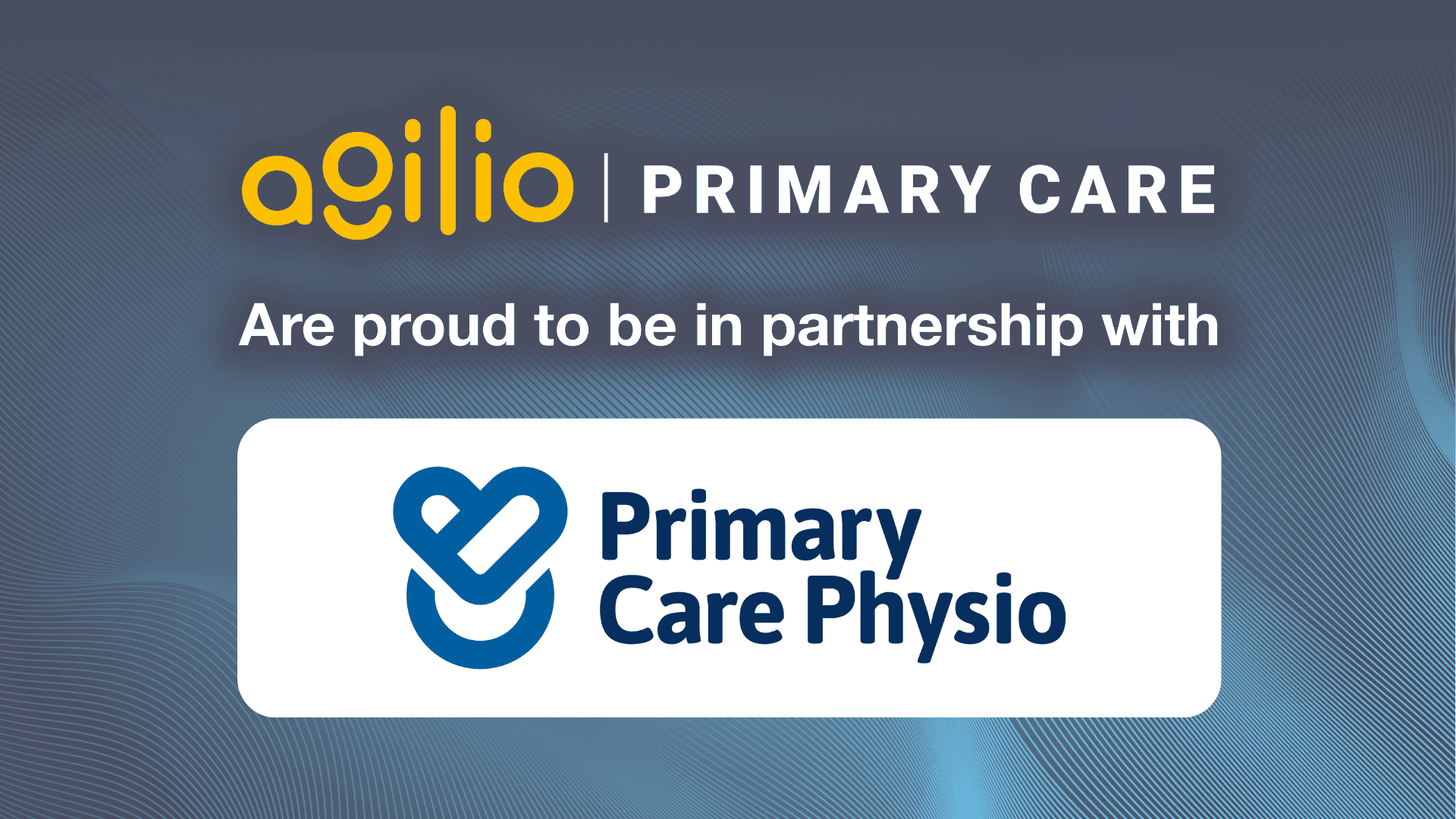Thanks to our dedicated team of clinical and technology experts with decades of industry experience, and our ongoing investment in innovation, we can continue to provide primary care organisations like yours with market-leading solutions to make your life easier.
Agilio Primary Care is here when you need it, whether you’re running an individual practice, PCN or ICS, or a clinician trying to keep on top of your CPD and appraisal. We are here for you.








